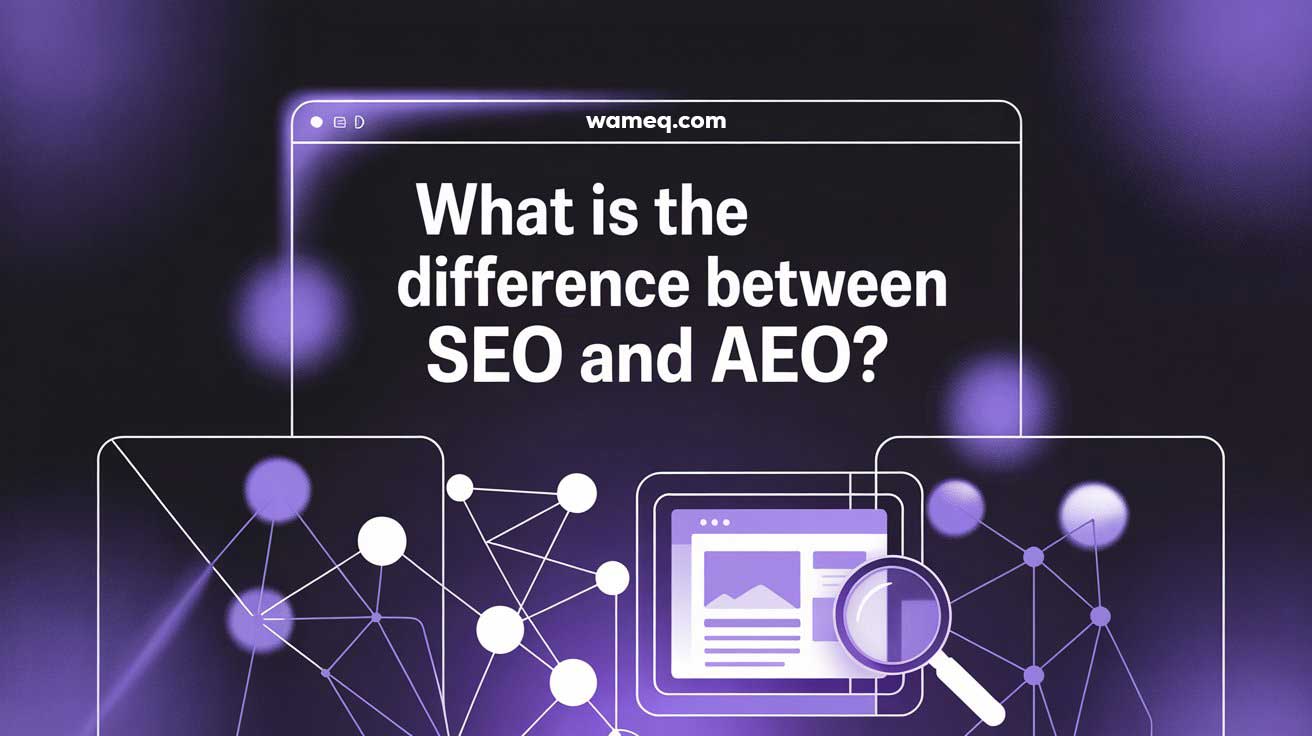What is the difference between SEO and AEO?
As search behavior evolves, so do the strategies we use to reach our audience. Two terms that often come up in digital content conversations are SEO and AEO. While they sound similar, they serve different purposes. Understanding the distinction between Search Engine Optimization (SEO) and Answer Engine Optimization (AEO) is crucial if you want your content to remain competitive in today’s search landscape.
What is SEO?
SEO stands for Search Engine Optimization. It refers to the process of improving your website’s visibility on search engines like Google, Bing, and Yahoo. The goal is to appear higher in the organic search results when users type in relevant keywords.
Traditional SEO focuses on:
- Keyword research and targeting
- On-page optimization (titles, headings, meta descriptions)
- Link building
- Technical improvements (page speed, mobile usability)
- Content quality and relevance
In short, SEO is about helping search engines understand your content and rank it higher so users can find it.
What is AEO?
AEO stands for Answer Engine Optimization. It focuses on creating content that directly answers specific questions users might ask, especially in formats that voice assistants and featured snippets can easily extract and display.
AEO is designed for how people search today, especially through voice search, smart devices, and Google’s People Also Ask and featured snippet sections. The content is short, structured, and written to provide instant answers.
Key elements of AEO include:
- Question-based content structure
- Concise and direct answers (typically 40–60 words)
- Schema markup (especially FAQ and HowTo)
- Use of bullet points, tables, and lists
- Optimizing for voice and zero-click search
How Are SEO and AEO Different?
While SEO and AEO share some similarities, their approaches and end goals differ.
| Feature | SEO | AEO |
|---|---|---|
| Main Objective | Rank higher in search results | Appear in featured snippets or voice |
| Focus | Keywords and full content strategy | Direct answers to specific questions |
| Format | Full pages, blog posts, landing pages | Short paragraphs, structured data |
| Target Platform | Desktop and mobile search | Voice assistants, smart devices, snippets |
| Technical Needs | Meta tags, links, performance | Schema markup, structured content |
Can SEO and AEO Work Together?
Yes. In fact, combining SEO and AEO often leads to better results.
For example, a blog post targeting a high-volume keyword (SEO) can include a short, clear section answering a common question (AEO). This increases the chances of ranking for both the traditional listing and the featured snippet.
Additionally, using FAQ schema within your SEO content allows Google to extract and display your answers directly in the search results, improving visibility and click-through rates.
Which One Should You Prioritize?
The answer depends on your goals and your audience.
- If you’re trying to build long-term authority, drive traffic, and target a range of keywords, SEO should be your foundation.
- If you want to capture high-intent traffic from people asking specific questions or searching by voice, AEO should be part of your strategy.
Most websites benefit from using both. Start with solid SEO fundamentals, then layer in AEO to target zero-click results and voice-driven searches.
Final Thoughts
SEO and AEO are not competitors, they’re complementary approaches. SEO brings users to your content. AEO helps your content deliver clear answers in the places people now expect them: directly in the search results.
As search behavior continues to shift toward fast answers and voice queries, adapting your content to serve both engines and users is key. Combining SEO and AEO can help your content stay relevant, discoverable, and valuable.

